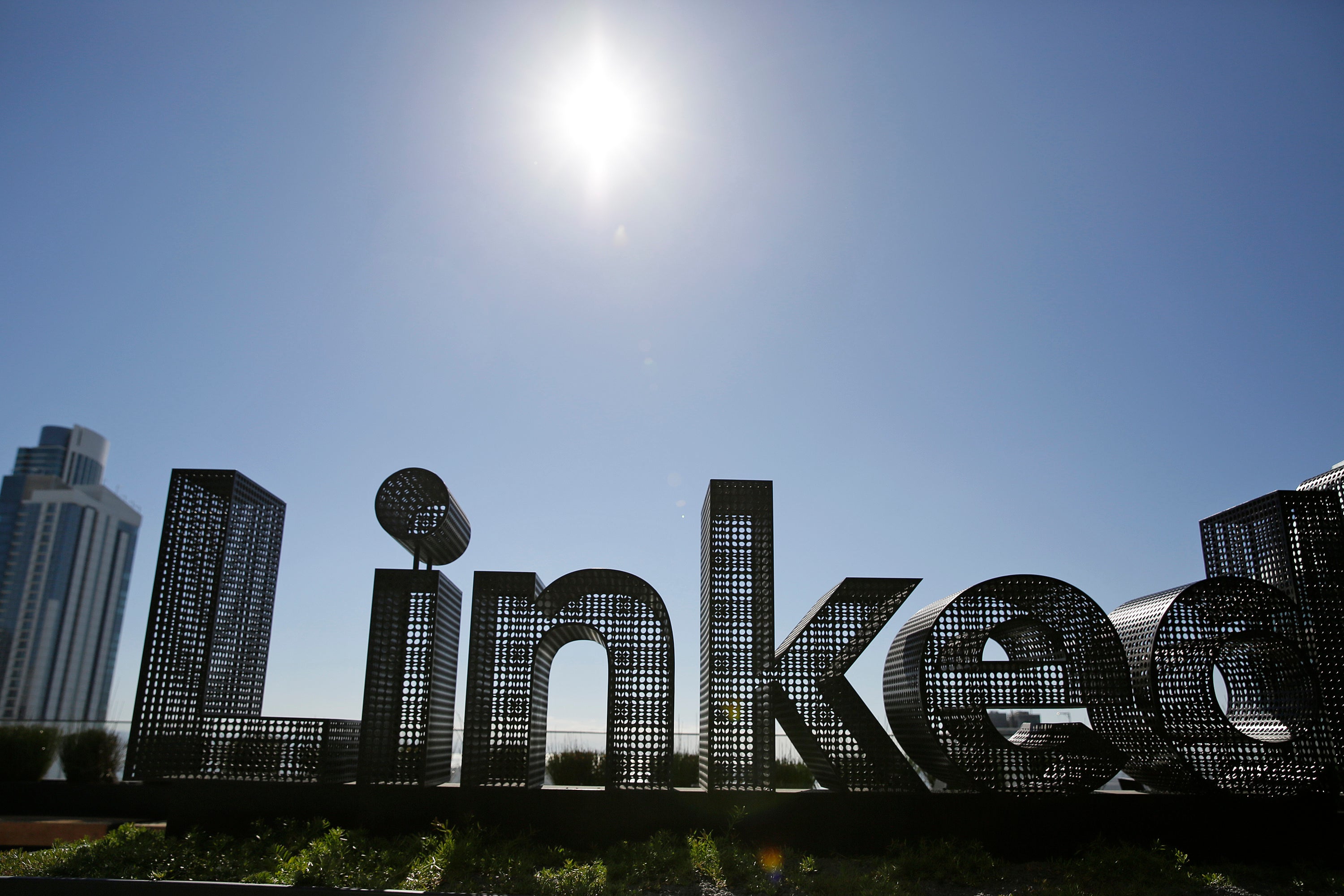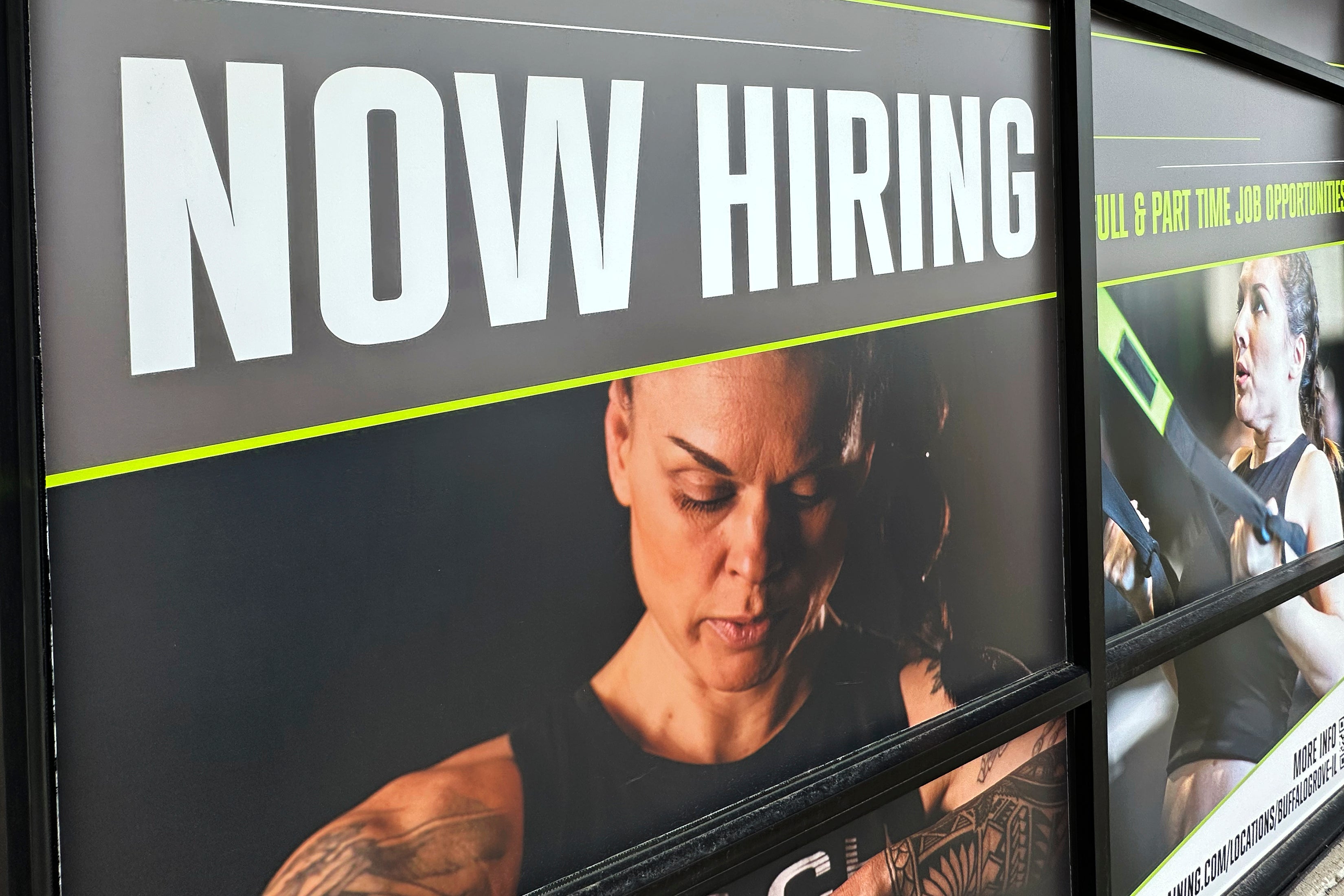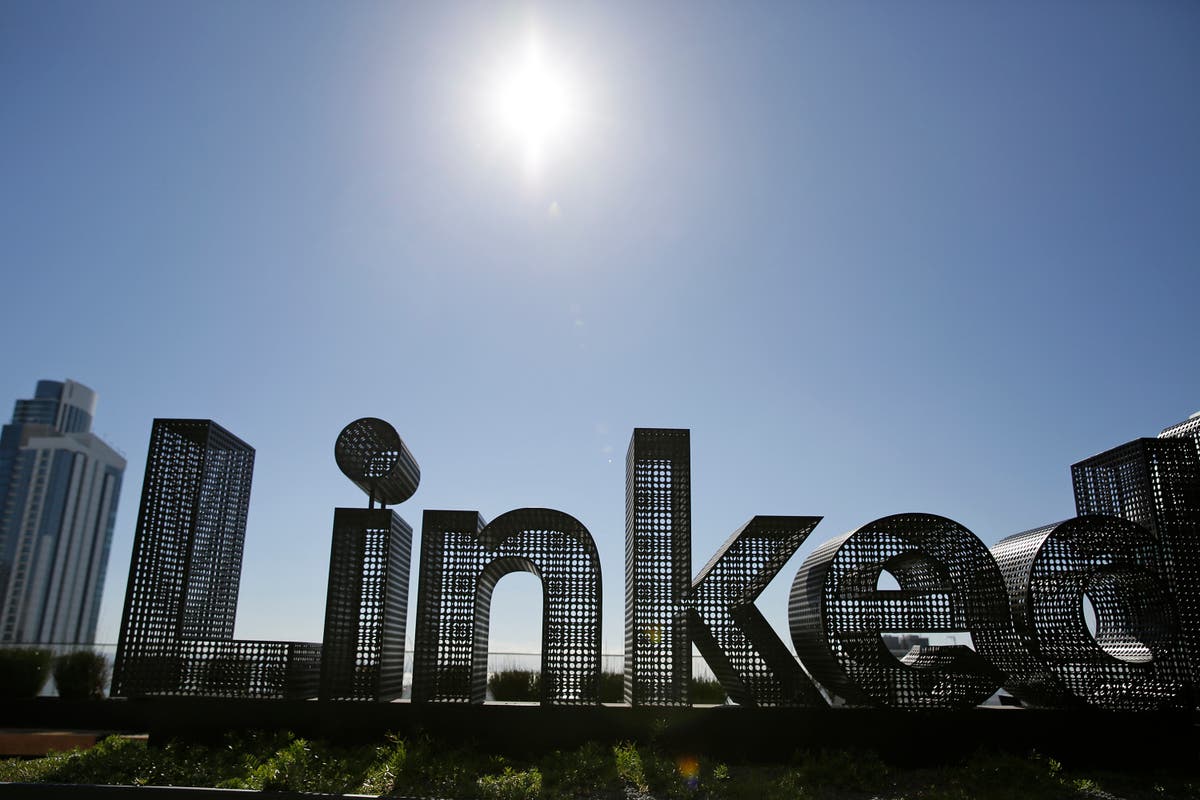The internet is full of lies, and online job boards are no exception.
Trying to find a new job has never been as easy with a vast arry of online postings. But online job boards are making the process even more painful by mixing fake job listings in with the real ones. Greenhouse, a hiring platform akin to LinkedIn, analyzed its clients job postings and hiring practices over the last year, and found that as much as one in five jobs listed are actually fake.
LinkedIn and Greenhouse reportedly combat fake jobs by tagging “real” jobs with a verification badge, according to the Wall Street Journal.
According to its analysis, between 18 and 22 percent of jobs that were advertised during 2024 were “ghost jobs” — jobs that were advertised but either never really existed or were simply never filled, despite hopeful applicants sending resumes.
Jon Stross, Greenhouse’s president, told the Wall Street Journal that the situation was “kind of a horror show.”
“The job market has become more soul-crushing than ever,” he said.

Companies revealed several reasons why they are posting jobs they never intend to fill. Projecting success may play some part; companies that appear to be hiring likely also appear to be growing.
In some cases, a company may not be actively hiring for a position, but is keeping the listing up in hopes that their ideal candidate one day finds and applies to the job.
Resume Builder, an online resume and jobs platform, conducted a survey of its clients who list open positions asking if and why they post ghost jobs.
More than 60 percent of those surveyed admitted that the practice was done, in part, to “make employees believe their workload would e alleviated by new workers.”
Even more than that — 62 percent — said they wanted their employees to “feel replaceable.”
According to Greenhouse, at least 70 percent of the companies on its platform posted at least one ghost job in the second quarter of 2024, and 15 percent of companies did so regularly. The industries that most frequently posted ghost jobs were construction, the arts, food service and legal services, according to the data.

One frustrated creative, Alexander Rea, shared his experience with ghost jobs and theorized on LinkedIn that the fake listings were companies testing their “bait.”
“So what is the point of these applicant systems? I think it’s a way of interviewing roles to do research only. To find out what type of fish you can catch with a certain type of bait and then throw them back,” he wrote. “Sport fishing.”
Another LinkedIn user, Lance Hemphill, posted about the perils he’s seen with “ghost posts.”
“I feel like it’s not even possible to apply on LinkedIn anymore. Almost every job is some automated post that has a fake job or leads me a secondary site that is a scam. I think LinkedIn really needs to expand their requirements for job postings,” he wrote.
There’s no obvious means of spotting a ghost job on a board, but there are some clues. Jobs that have been listed over and over again could be ghost jobs. Listing that have been up for months with no updates and no application deadline may not be legitimate.
Check a job listing against a company’s hiring page. If a company lists open positions on its website, check there to ensure the job you’re applying for is legitimate.
It may also be helpful to contact someone at the company to ask about the position. If no one here has any information on the role, it may not be real.











